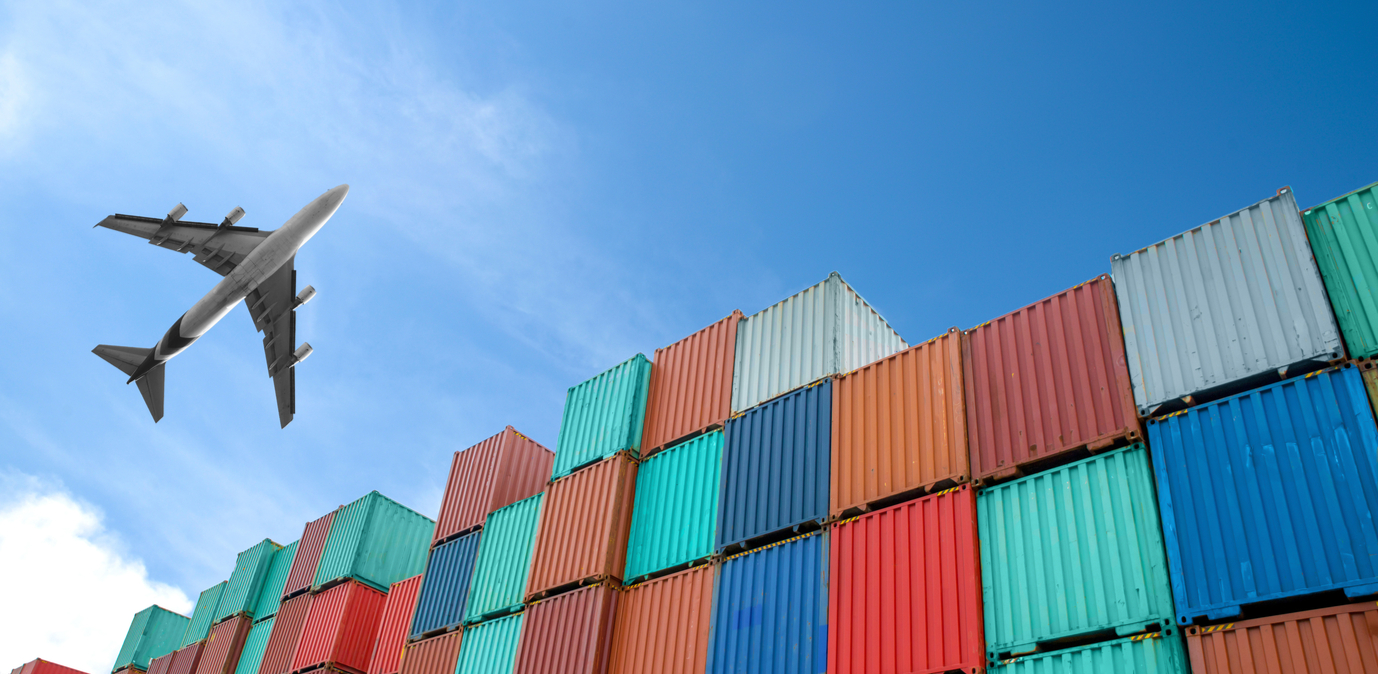The difficult road to green transportation
by Inline Policy on 18 Jun 2020
The COVID-19 pandemic will have a lasting impact on mobility, from local transportation choices to the availability of long-haul travel and freight options. As the EU works to implement its ambitious climate policies, the pandemic and the resulting economic crisis are complicating the road to a sustainable European transport sector.
Climate policy is fraught - the upfront economic cost of long-term climate change mitigation is just one of many factors that have hindered action for decades. Meanwhile, the COVID-19 pandemic has convulsed virtually all aspects of society in recent months, and as the immediate public health crisis subsides, its impact on policymaking is beginning to emerge. The impetus for climate policy remains, but with the pandemic imposing deep harm on the economies of Member States, what is to come of the Green Deal ambitions to transform European society, economies, and mobility?
The European Union’s Green Deal, announced in December 2019, planned an ambitious economic transformation toward climate neutrality that hinged on cutting pollution; moving to a sustainable, circular economy; and managing the social inclusivity of these transitions. Accounting for a quarter of European greenhouse gas emissions, the transportation sector and smart mobility in particular is a key target of the Green Deal’s goal setting, and the EU has been developing plans to increase the uptake of clean vehicles, shift freight transport to more sustainable methods, invest in infrastructure needed for low-emission mobility, and incentivise more sustainable consumer choices.
In particular for transportation, the EU has planned a laundry list of initiatives:
-
- A Climate Law to enshrine its 2050 climate neutrality objective into law;
- A revision of the Energy Taxation Directive to promote renewable fuels and end fossil fuel subsidies, extensions to the Emissions Trading System capturing more of the maritime and aviation sectors;
- A revision to the Combined Transport Directive to encourage multimodal freight transport, a review of the Alternative Fuel Infrastructure Directive and TEN-T Regulation to promote more low-emission vehicles; and
- A proposal for stricter emissions standards.
From micromobility vehicles to supertankers, the EU Green Deal presents a layered approach to disrupt combustion-based transport. But can it be done?
The COVID-19 impact
Even as work was getting underway on these targets for action, the coronavirus pandemic crashed into the status quo. By any measure, mobility decreased throughout the continent as lockdowns and border closures took effect, and transportation may be headed to a post-pandemic “new normal.” With health measures requiring socially distanced transport, many Europeans have reverted to personal mobility vehicles - whether low-emission options, like bikes, or less climate-friendly cars. Air transport was at a near-standstill at the peak of the pandemic, and though leisure travel will likely return as lockdown measures lift, profitable corporate travel is expected to lag for years. Rail systems were likewise running nearly empty during lockdown.
The short-run environmental impact of the pandemic was visible in measures like improved air quality. Emissions decreased sharply as lockdowns took effect - by early April, a peer-reviewed study found that global carbon dioxide emissions had dropped 17% relative to April 2019. Total annual emissions could decrease by 7-13% in 2020, depending on the duration of lockdown measures. It is clear, however, that the social and economic cost of such a temporary blip in environmental impact is unsustainable. At the same time, the forced experiment of emissions reduction during the pandemic has shown the limits of such an approach without fundamental change to the structure of the economy broadly and, in particular, to transportation.
After spending two months at a standstill to quash the public health emergency, Europe is tentatively moving again - but the pandemic has changed mobility beyond the relatively short-run window of lockdown periods. Some cities have taken the lead in transforming transport by building temporary and permanent bike lanes and reducing car access or speed limits in city centres. Public transportation vehicles, subject to social distancing rules, will likely run at reduced passenger capacities for some time even as lockdown easing measures allow increased personal mobility. Shared mobility vehicles may see increased take-up as commuters avoid enclosed, shared spaces and cities adopt regulations that fit local needs.
Facing the trade-offs
At the European level, however, can the response to pandemic-induced disruption be harnessed to existing climate policy goals? Will the immediate need to address unemployment, frozen markets, and SME recovery overwhelm interest in climate targets that stand several decades away?
The EU’s answer is mixed: climate policy is moving forward, but climate policy is not the only concern of recovery planning. Many open regulatory files have been delayed due to the pandemic, but the European Commission’s proposals on sustainable transport remain on track for release in Q4 of this year, including a Strategy for sustainable and smart mobility that will guide both environmental and digital targets in European transport.
The EU’s newest budget proposal includes funding for electric vehicle charging points, clean bus fleet renewals, and sustainable transport infrastructure, and it adds climate considerations to many of its funding programmes. But it does not set strict environmental requirements on access to pandemic recovery funding by automakers or airlines. In approving state aid proposals by Member States during the pandemic, the European Commission has shied away from pushing sustainability requirements onto state aid recipients.
The extraordinary fiscal outlays in many Member States to mitigate the health and economic impacts of the pandemic and the short-term economic crunch in much of the EU complicates the financing of a sustainable transformation in European transport. The high-level commitment to the Green Deal is visible both in budgetary proposals and unchanged regulatory timelines, even if much of the immediate response to the pandemic at the EU and Member State level did not center climate policy in its economic interventions in the transport sector.
The existing gaps in Member State economic resilience and government fiscal capacities have been further exposed by the pandemic, complicating the disparate financing needs of a climate transformation throughout the EU. Whether the Green Deal’s longer-term ambitions are crowded out by the immediate needs of a post-pandemic European economy will be a test of the EU political process in the months ahead.
Topics: Climate Change, Transport, Mobility






Comments